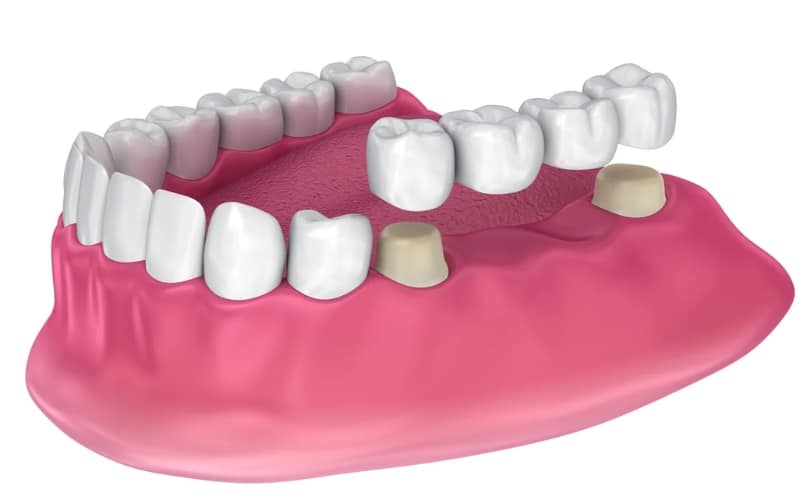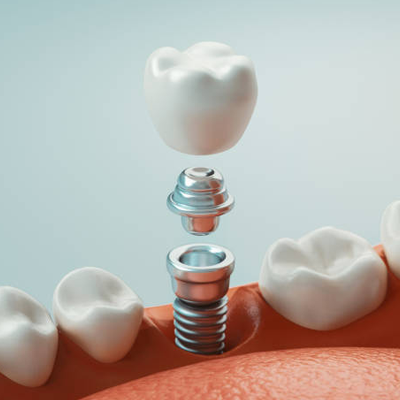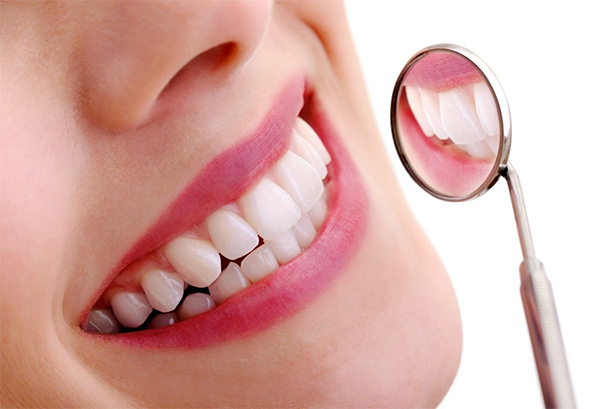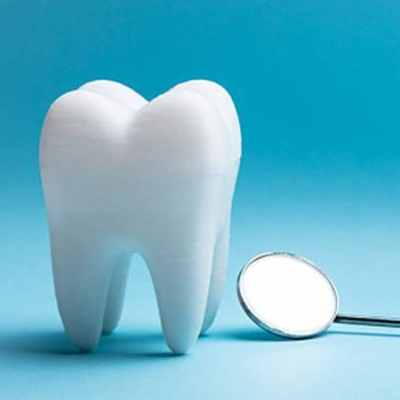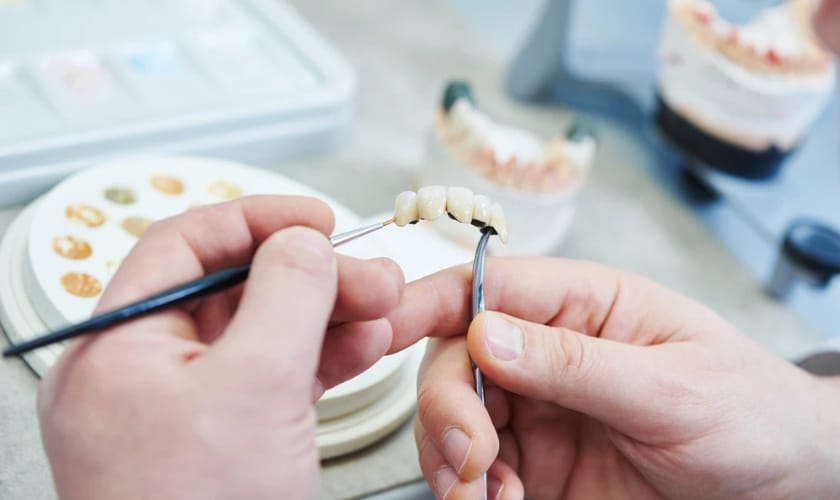
Say Goodbye to Gaps: How Porcelain Bridges Can Help You Achieve a Perfect Smile
Are you tired of hiding your smile due to missing teeth? Do gaps in your teeth make you self-conscious when talking or laughing with others? If so, porcelain bridges could be the solution to achieving a perfect and confident smile. This blog post will explore how porcelain bridges work, their benefits, and what to expect from the procedure. Say goodbye to gaps and hello to a beautiful smile!
Introduction to Porcelain Bridges
A porcelain bridge is a dental prosthetic that is used to fill in the gap created by one or more missing teeth. The prosthetic consists of an artificial tooth (or teeth) that is attached to a metal framework. The metal framework is then bonded to the natural teeth on either side of the gap.
Porcelain bridges are an effective way to restore the function and aesthetic of your smile. They are solid and durable and can last for many years with proper care. In addition, porcelain bridges are very natural looking, and can greatly improve your appearance.
If you are missing one or more teeth and would like to restore your smile, then porcelain bridges may be right for you. Talk to your dentist about whether or not this treatment option is right for you.
Benefits of Porcelain Bridges
Porcelain bridges are an effective way to close gaps in your smile, providing you with a boost of confidence. Here are some additional benefits of porcelain bridges:
Improved oral health: By closing the gaps in your teeth, porcelain bridges can help improve your oral health by making it easier to brush and floss all of your teeth.
Natural-looking results: Porcelain bridges are designed to match the color and shape of your existing teeth, resulting in a natural-looking smile.
Durable: With proper care, porcelain bridges can last for many years.
Explanation of the Procedure and How Long it Takes
If you have one or more missing teeth, you may be a candidate for a porcelain dental bridge. This restoration is commonly used to “bridge” the gap created by one or more missing teeth. The procedure usually takes two visits to your dentist.
During the first visit, the abutment teeth (teeth adjacent to the missing tooth/teeth) will be prepared for crowns. Impressions of your teeth will be taken and sent to a dental laboratory where your custom bridge will be made. A temporary bridge will be placed over the prepared abutment teeth until your next appointment.
At your second visit, the temporary bridge will be removed and your new custom-made dental bridge will be checked for fit and then cemented into place.
Types of Bridges Available
There are three main types of bridges available: traditional bridges, cantilever bridges, and resin-bonded bridges.
Traditional Bridges: Traditional bridges are the most common type of bridge used today. They consist of two crowns that are placed over the anchoring teeth (abutment teeth) on either side of the missing tooth space. These crowns are then connected by a false tooth (pontic) in the middle. Traditional bridges are usually made from porcelain or ceramic materials.
Cantilever Bridges: Cantilever bridges are similar to traditional bridges, but they only require one anchoring tooth on one side of the missing tooth space. The pontic is attached to this single abutment tooth with a metal connector or wing. Cantilever bridges are not as strong as traditional bridges and are not recommended for use in areas of high stress (such as the front teeth).
Resin-Bonded Bridges: Resin-bonded bridges (also called Maryland Bridges) consist of a false tooth that is bonded to two metal bands. These metal bands are then bonded to the adjacent teeth with dental adhesive. Resin-bonded bridges are not as strong as traditional or cantilever bridges and are typically only used in very small gaps (less than 2mm).
Preparation and Aftercare Instructions
Porcelain bridges are an excellent way to achieve a perfect smile. Here are some tips on how to prepare for and care for your new porcelain bridge:
– Schedule a consultation with your dentist to discuss whether a porcelain bridge is right for you.
– If you decide to proceed with treatment, your dentist will take impressions of your teeth in order to create a custom-fit bridge.
– Once your bridge is ready, it will be bonded to the natural teeth adjacent to the gap in your smile.
– It is important to maintain good oral hygiene habits after getting a porcelain bridge, as plaque and tartar can build up around the edges of the restoration. Be sure to brush twice daily and floss gently under the bridge.
– You should also schedule regular dental checkups and cleanings so that your dentist can monitor the condition of your new bridge.
Alternatives to Bridges
There are many alternatives to bridges, including:
-Dental implants: Dental implants are a great alternative to bridges. They are permanent and can match your natural teeth perfectly.
-Removable Partial Dentures: Removable partial dentures are another great alternative to bridges. They are less expensive than dental implants and can be taken out for cleaning.
-Fixed Partial Dentures: Fixed partial dentures are an alternative to bridges that is similar to dental implants. They are permanently attached to your teeth but can be removed by a dentist.
Conclusion
Porcelain bridges are an excellent way to fill in the gaps between missing teeth and create a perfect smile. Not only do they look natural, but they also last for many years with proper care. With porcelain bridges, you can finally say goodbye to those embarrassing gaps and enjoy all of the confidence that comes with a beautiful, even smile. Contact your dentist today to find out more about how porcelain bridges can help give you the perfect smile you’ve always wanted!
A porcelain bridge is a dental prosthetic that is used to replace one or more missing teeth. Porcelain bridges are made of high-quality ceramic materials and are custom-crafted to match the shape, size, and color of your natural teeth.
Porcelain bridges are attached to the existing teeth on either side of the gap using special dental cement. The pontic (artificial tooth) is then placed in the gap, creating a seamless, natural-looking smile.
Porcelain bridges can last for many years with proper care and maintenance. However, it is important to keep in mind that they are not permanent and may need to be replaced or repaired over time.


